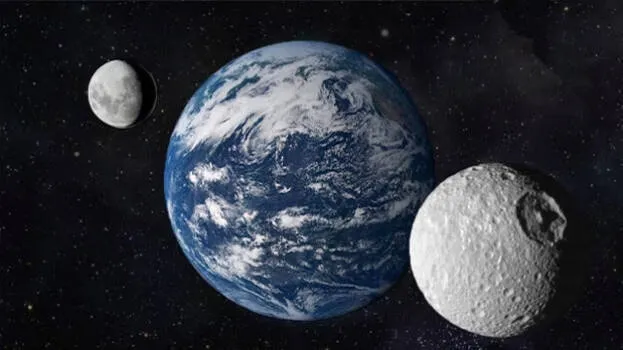

HAWAII: We learn from our school days that the Moon is the only satellite of the Earth. But in a recent study, astrologers have found that there is a slight change in this. Astronomers using the Pan STARRS telescope atop Hawaii's Haleakala volcano discovered a 'quasi moon' they named 2023 FW13. The celestial spheres that orbit the Earth but are gravitationally bound to the Sun have been labelled as 'quasi-moon'.
Scientists believe that FW13 has been with Earth since at least 100 BC. It is believed to remain with the earth for at least 1500 years. Another small near-Earth quasi satellite, 469219 Kamoʻoalewa, and 2023 FW13, however, are not a threat to Earth, researchers estimate.
Quasi-moons are those whose orbits resemble our only natural satellite, the Moon. The Moon orbits the Earth in a precise path because it has a greater gravitational pull on the Earth than the Sun. 2023 FW13 is different from our moon as it orbits well beyond Earth’s ‘Hill sphere’, which defines the region around a celestial body where its own gravitational force dominates in attracting satellites.
2023 FW13's orbit around the sun is approximately 365.42 days, which is almost similar to that of Earth. During its orbital journey around Earth, its path extends halfway towards Mars and inward halfway towards Venus.